Construction sites: fire safety
Every year, a large number of fire incidents occur on construction sites and in buildings undergoing refurbishments. These incidents can cause many injuries or in severe cases, death. Some of these incidents can be entirely preventable. Therefore, it is extremely important that all legislation is being followed. This article will discuss steps that can be taken in order to prevent these events.
Legal requirements
The Construction (Design and Management) Regulations 2015 (CDM) document discusses duties in relation to fire safety in construction sites. Responsibility is set out in the Regulatory Reform (Fire Safety) Order 2005 (FSO) (England and Wales) document. However, you must constantly familiarise yourself with fire safety legislation on a regular basis as it constantly changes based on current events and trends.
It is down to the principal contractor to ensure that legislation is being followed for that country and also to ensure that risk assessments have been completed.
Fire hazards in construction sites
There are 2 main areas that fire hazards can be controlled, fuel sources and with respect to ignition. The risk of a fire starting can be drastically reduced if it can be controlled or the hazard can be eliminated.
Electrical faults
Electrical items can be a fire hazard whether fixed or portable and it is important to ensure that these items are properly cared for in order to minimise risk. It’s important to ensure that all electrical items are routinely tested and maintained to an appropriate standard. Portable Appliance Testing (PAT) should be carried out in accordance with the HSE guidance note HSG107 which advocates a risk-based testing policy.
Hot working
Hot works are defined as all “processes involving the generation of heat by a naked flame, electrical arc, sparks, and the use of bitumen boilers or grinding”. Unless it’s completely necessary, acetylene should not be used on site when using open flame gas cutting equipment or disc cutters.
Smoking
It may be an obvious one, but smoking can be a huge fire hazard, particularly when smoking around flammable materials on a construction site. Typically, smoking areas will be designated at a construction site in order to minimise fire risk.
Fuel sources
Flammable materials, such as fuel, should be properly contained in order to prevent fires. Management of these materials falls to the site manager and should include the whole process from procuring the correct fuel, its use and the potentially hazardous operations such as refuelling.
If you have any questions regarding fire safety on construction sites, please get in contact.

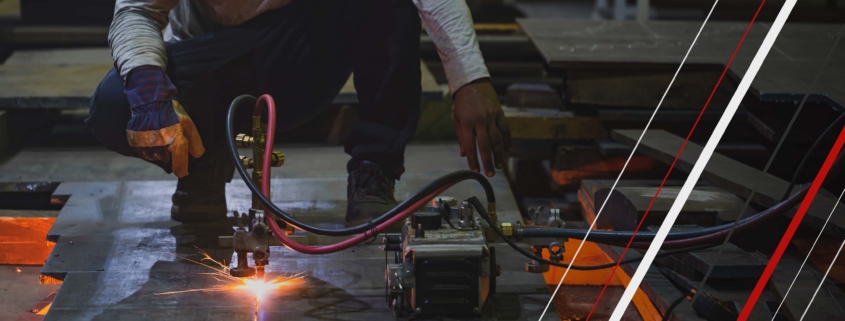

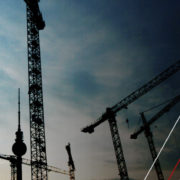
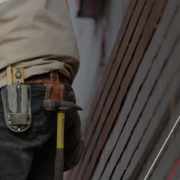

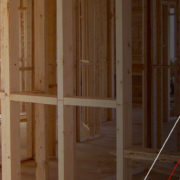
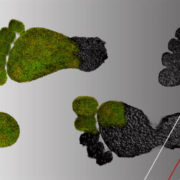
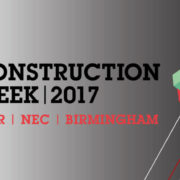




Leave a Reply
Want to join the discussion?Feel free to contribute!